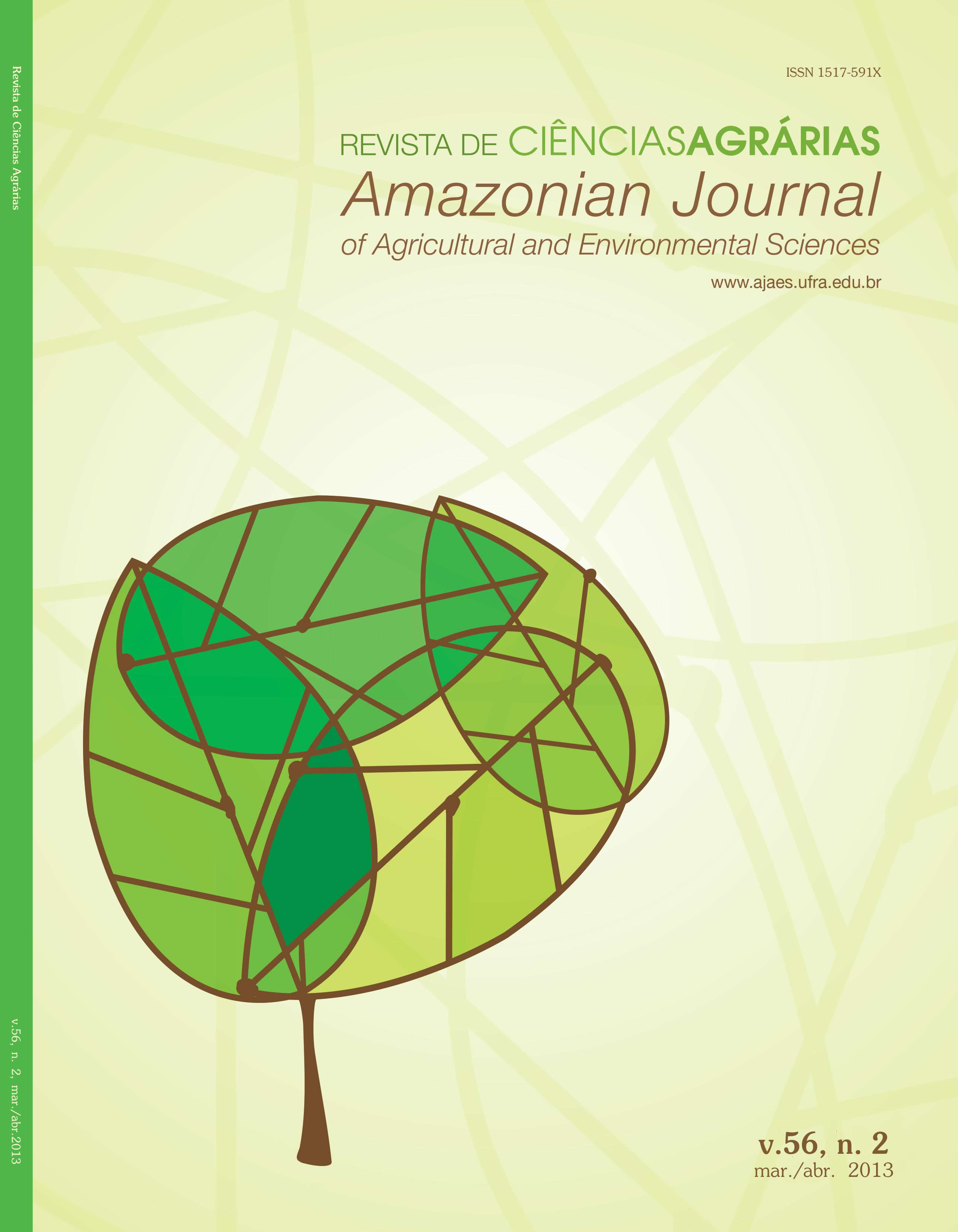Production of rice inoculated with diazotrophs marked with induced resistance to the antibiotic streptomycin
Abstract
The objective of this study was to evaluate the effects of inoculation with Herbaspirillum spp. and Burkholderia spp. in relation to yield components of rice. Two experiments were conducted: the first, in the greenhouse, and the second, under field conditions, with two rice cultivars (IR42 and IAC4440). In the experiment in a greenhouse, for cv. IR42, and the ZAE94 ZALIR42 strains (Herbaspirillum seropedicae), and M130 and M171 (Burkholderia spp.) Were used. In 'IAC4440: ZAE94 and Z3 (H. seropedicae), M130 and M209 (. Burkholderia spp), with four replications. As a control, non-inoculated plants were used. The bacteria were checked for resistance to the antibiotic streptomycin, and Herbaspirillum spp. showed resistance to 100 mg kg-1 streptomycin as Burkholderia spp. to 150 mg kg-1. The seed inoculation was performed by pelleting with peat containing the bacteria multiplied in the midst Dygs. Four seeds per pot, and held up a collection at the end of the cycle cultivars were planted. In the field, samples were collected according to the phenological stage of the cultivars, evaluating: population of diazotrophic bacteria in plants, dry matter, total N of shoots and grain production. In the greenhouse, in general, inoculation had a positive effect, varying with each strain and cultivar used. In the field, the most promising results pointed to the IAC4440 grow in increments of up to 54% in grain yield due to inoculation with diazotrophs.Downloads
Authors retain copyright and grant the Journal the right to the first publication. Authors are encouraged to and may self-archive a created version of their article in their institutional repository, or as a book chapter, as long as acknowledgement is given to the original source of publication. As the Journal provides open access to its publications, articles may not be used for commercial purposes. The contents published are the sole and exclusive responsibility of their authors; however, the publishers can make textual adjustments, adaptation to publishing standards and adjustments of spelling and grammar, to maintain the standard patterns of the language and the journal. Failure to comply with this commitment will submit the offenders to sanctions and penalties under the Brazilian legislation (Law of Copyright Protection; nº 9,610; 19 February 1998).


.jpg)









